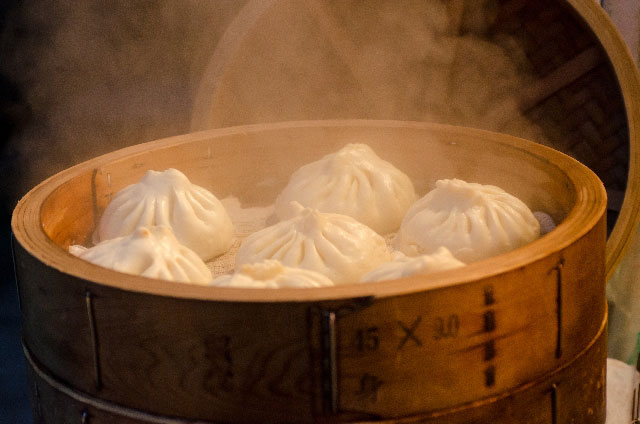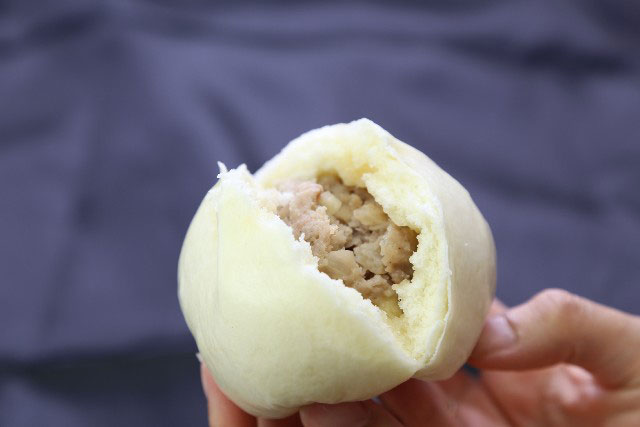
It might be summer, but we’re feeling nostalgic for the cooler days of autumn and winter, and thinking fondly of eating chukaman!
Chukaman are soft, steamed buns filled with sweet or savory ingredients. These buns were introduced into Japanese cuisine by Chinese immigrants, and over time, have become part of the food culture of Japan. “Chuka” loosely translates to “Japanese-style Chinese cuisine” and “man” means “steamed bun”.
Most people who’ve grown up in Japan fondly remember eating these steamed buns on cold winter days, buying them piping hot from local convenience stores like 7-Eleven and Circle K on the way home from school or work. Popular food bloggers and writers publish recipes about how to make homemade chukaman, from fresh ingredients and using expert wrapping techniques.
But the best part of eating chukaman is choosing which filling to get!

In Japan, chukaman come in many varieties. Nikuman are the most commonly available savory buns, filled with seasoned minced pork, scallions and ginger. Anman are the most popular sweet buns, filled with red azuki bean paste. Pizaman and kareman are filled with pizza sauce with cheese and curried vegetables and meat, respectively.
Regardless of which filling is selected, the softness of the bun is what makes chukaman addictive. There are various recipes for the dough, but it is usually made using flour, yeast, sugar, salt, baking powder, oil and water. The dough is mixed, kneaded and allowed to rise, infusing it with air bubbles that makes it soft and light. The dough is then formed into discs and stuffed with the filling. Each disc is pulled into the shape of a small pouch and twisted at the top to seal it. Once the filled buns are formed, they’re steamed and ready to eat!
Everyone has their own favorite way of eating chukaman but the easiest way to eat them is hot out of the steamer, without any extra seasoning or sauce. Really, there isn’t time to wait once you have a bun in your hand!
Have you eaten chukaman? Share your “steamed bun” stories with us and don’t forget to look out for next month’s post about Japanese street food!
Leave a Reply